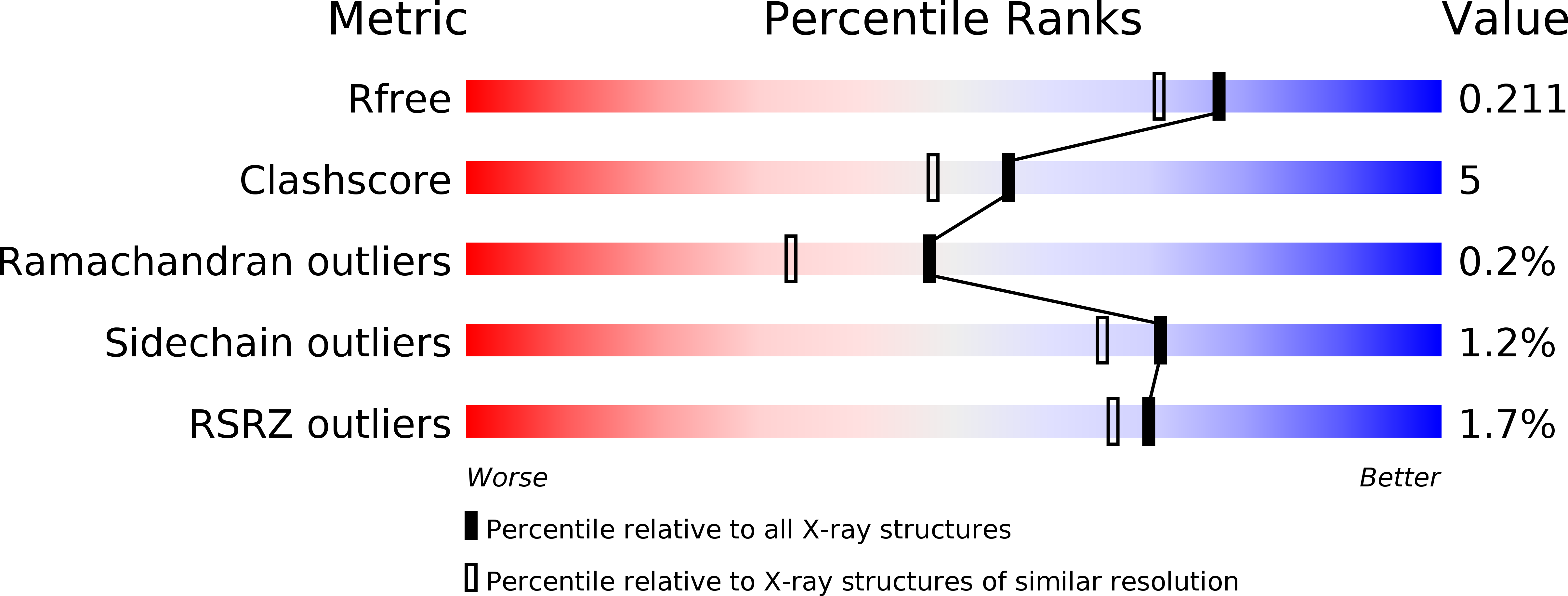
Deposition Date
2006-11-16
Release Date
2007-12-04
Last Version Date
2025-04-09
Entry Detail
Biological Source:
Source Organism:
SALMONELLA TYPHIMURIUM (Taxon ID: 602)
Host Organism:
Method Details:
Experimental Method:
Resolution:
1.80 Å
R-Value Free:
0.21
R-Value Work:
0.18
R-Value Observed:
0.18
Space Group:
C 1 2 1


